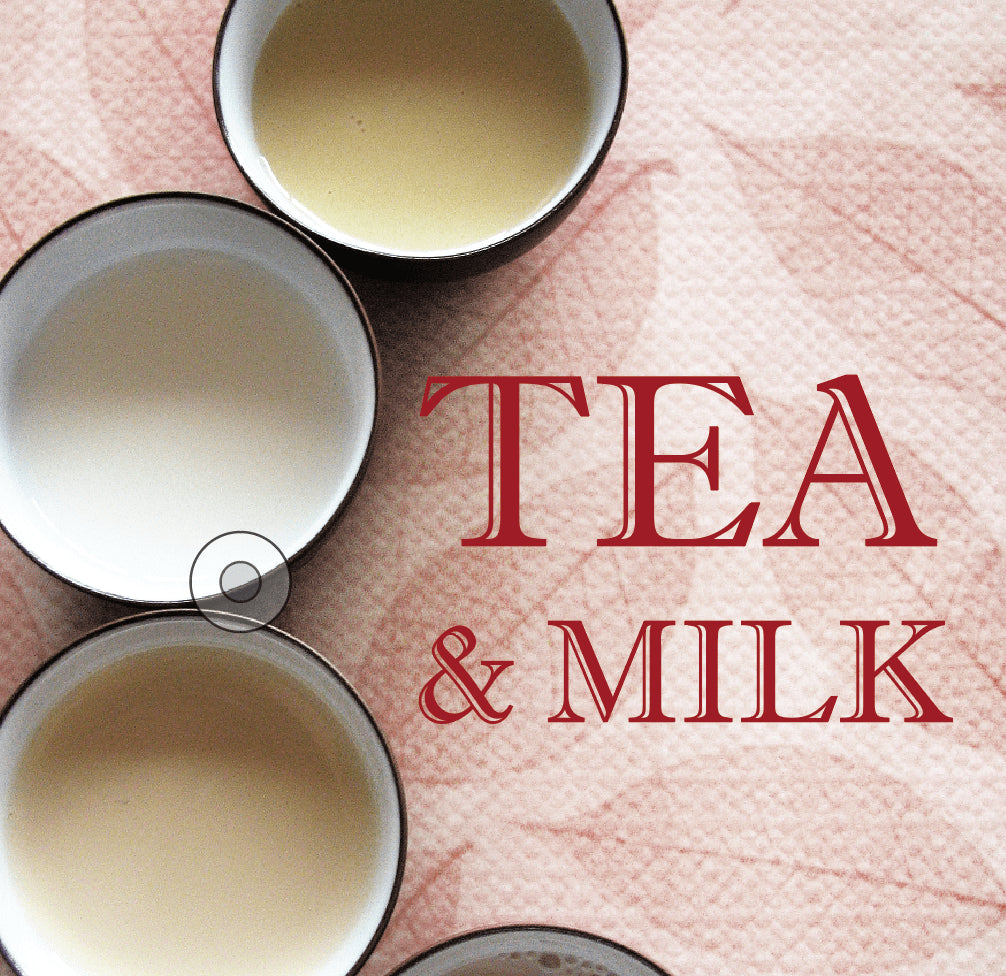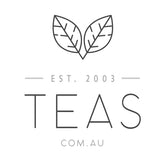Tea and Milk
Posted by SALINA - TEAS.COM.AU

Besides the hot debate between tea first or milk first, tea lovers around the world get pretty stirred up on what kind of milk to add into their daily tea ritual.
So we armed ourselves with all kinds of milk and went out to do some blind tasting.
The results are interesting – some surprising.
Testers are from a range of cultures, age and gender.
We used 8 kinds of milk on 1 kind of tea, so testers can focus on the milk in the tea, not the tea itself.
The black tea used was Nandana Ceylon BOP. It has medium strength brew with a nice balance of taste, strength, colour and aroma. It is good with milk and comparable to a “standard” loose leaf black tea.
It was brewed to medium strength, because this is the strength most cafes are serving their black tea. We had about 100 people tasting the tea with different milk. They are asked to rate whether they like it or not.
It was a great experiment to test a range of milk and we are still gobsmacked by the fact that there are so many people who prefer skim milk to full cream milk. ( Guess there must be a lot of health conscious folks out there.)
One milk we didn’t test was soy milk. It was somewhat an intentional omission as we were trying to get the “real” soy milk from Chinese supermarket but didn’t have time to.
Making soy milk employs similar methods to making rice milk. The traditional method involves placing soya beans into a large amount of water and boil till the beans are very soft, then strained.
The liquid is watery, unlike the consistency of rice and almond milk and many soy milk sold in supermarkets.
Our guess to the feedback of soya to tea would sit closely to rice milk, with slightly more oks or likes.
Certainly there are endless choices of milk nowadays; and it is a case of different strokes for different folks.
The other side to the milk to tea equation is of course the tea itself. While we brewed the tea in medium strength to simulate what is commonly done, we certainly don’t believe it is actually strong enough to get enough milk in the cup so you have good strong tea taste, good milk tea colour as well as good milk smoothness or creaminess.
To achieve the perfect cup of milk tea, the brewed tea needs to be almost black. This should be achieved by not brewing the tea LONGER, but double the leaves used. This will give you a cup with good flavour and strength, but not bitterness.
How about milk powder? (not in the tasting test)
Are you frowning about the thought of using milk powder? At first we did too!
But we have found a few advantages and now it is our default "milk". Reasons:
- Keep the tea strength: Milk powder means less liquid going into the tea liquid, so less dilution. If you like your strong cup, this is great.
- Less milk wastage: Milk powder is stable. We ONLY use milk for tea - we don't drink milk or use it for cooking. By using milk powder, we don't have any milk going off because it is only used a tiny bit per day for the tea only.
- Smoother and more concentrated flavour: Our own personal experience with milk powder is that the tea tastes smoother. This ONLY works if you have a very strong tea brew (almost black). It seems to make the milk-tea flavour really rich with good nose and flavour.
- Convenient and stable: If you need to take your tea in a thermos, the tea keeps stable for longer with milk powder, comparing to with standard milk.
Want to know about whether you should put in milk first or tea first? Ask the British - they even have a 5000 words report on this subject matter!
Find out in this video.
SHARE:

AUSTRALIA'S FINEST LOOSE LEAF TEAS
Explore Australia's largest selection of Premium Teas & All-Natural Organic Herbal Blends.


